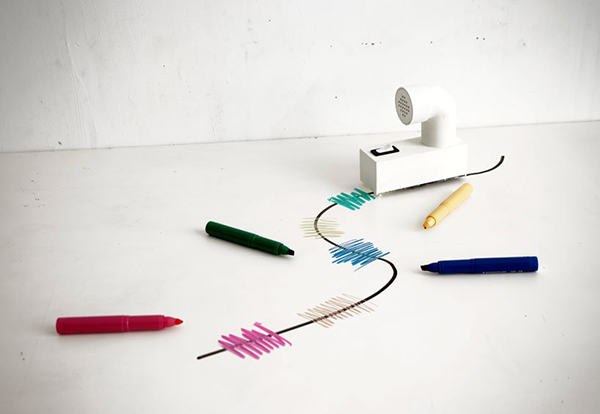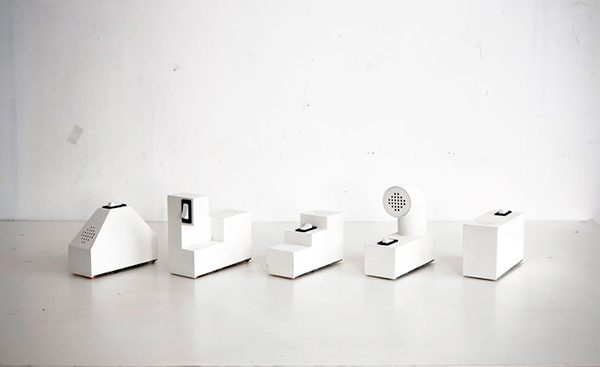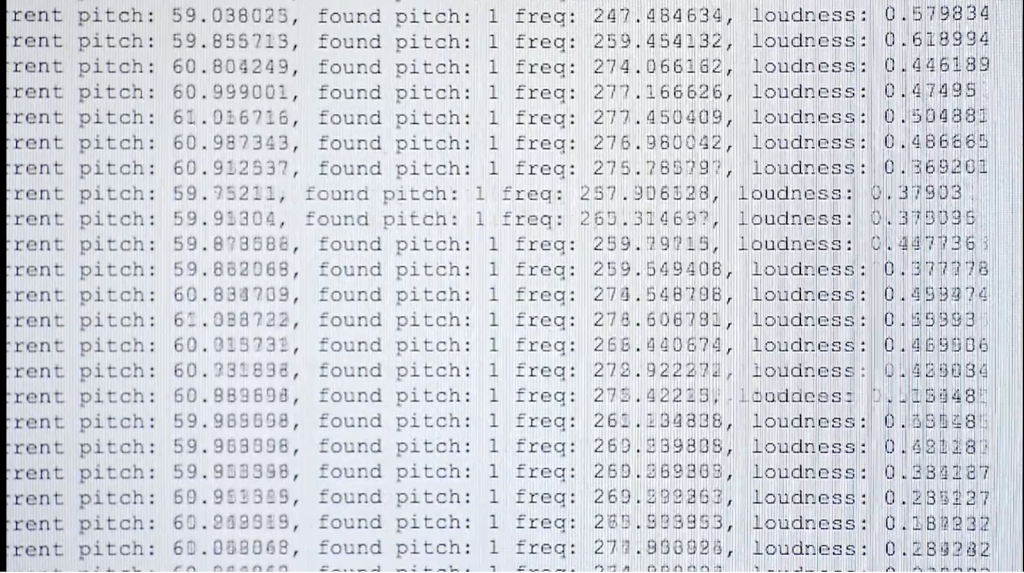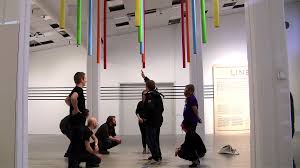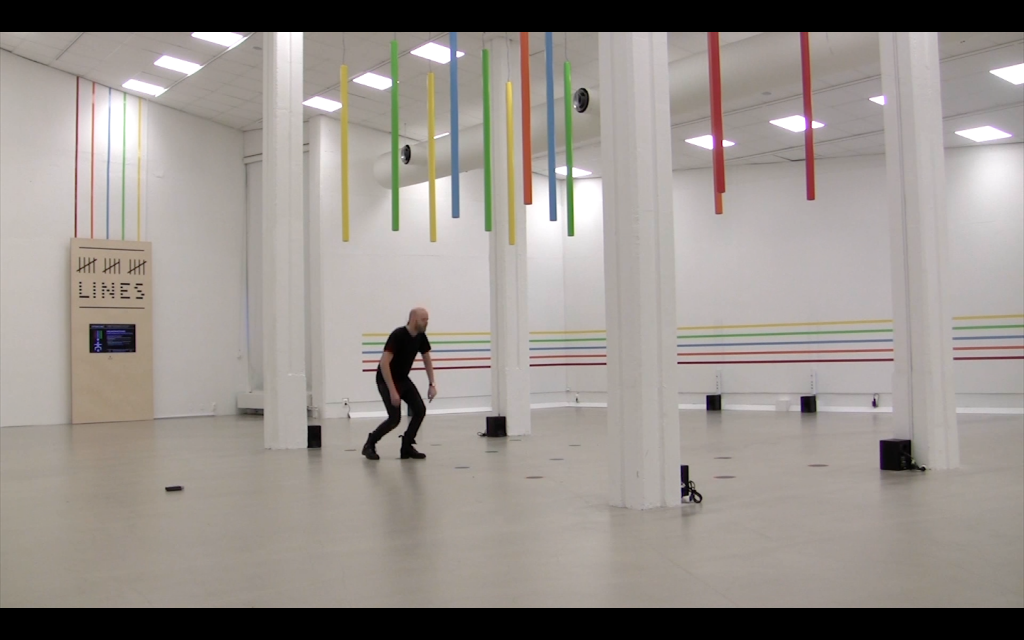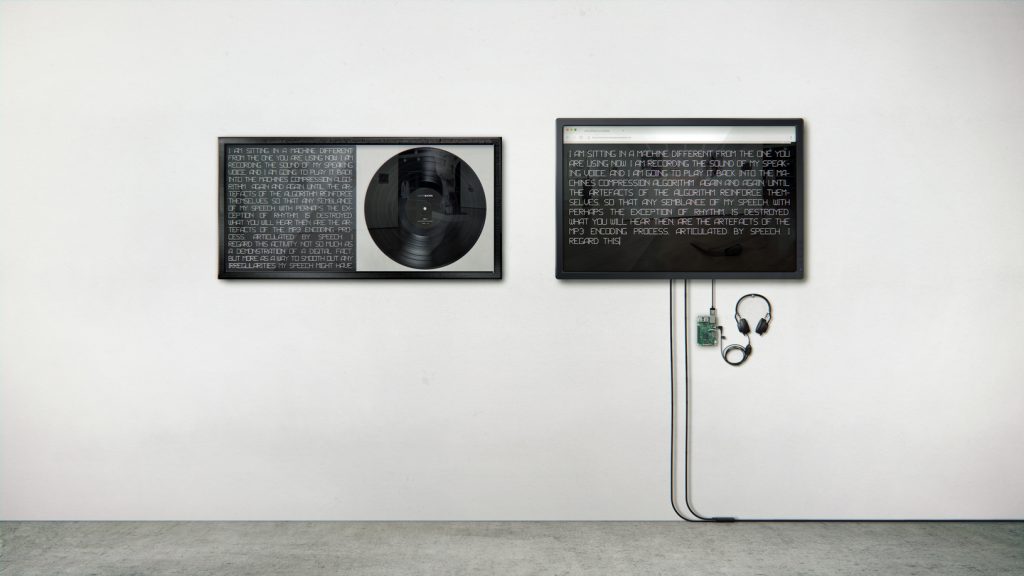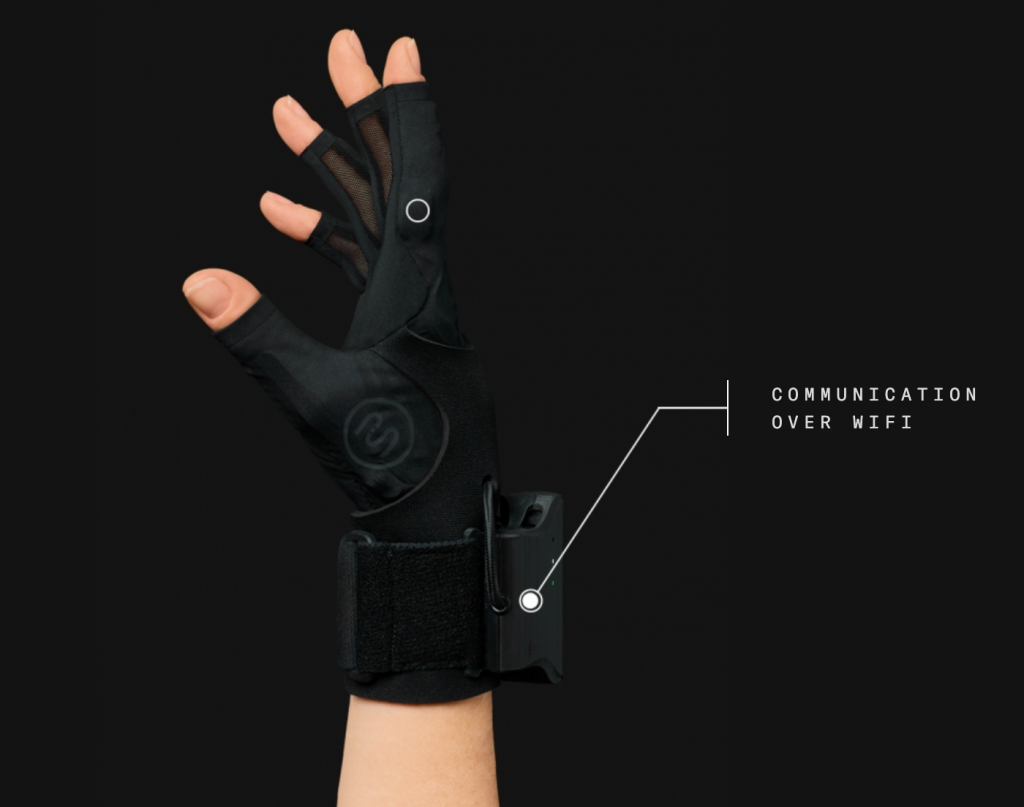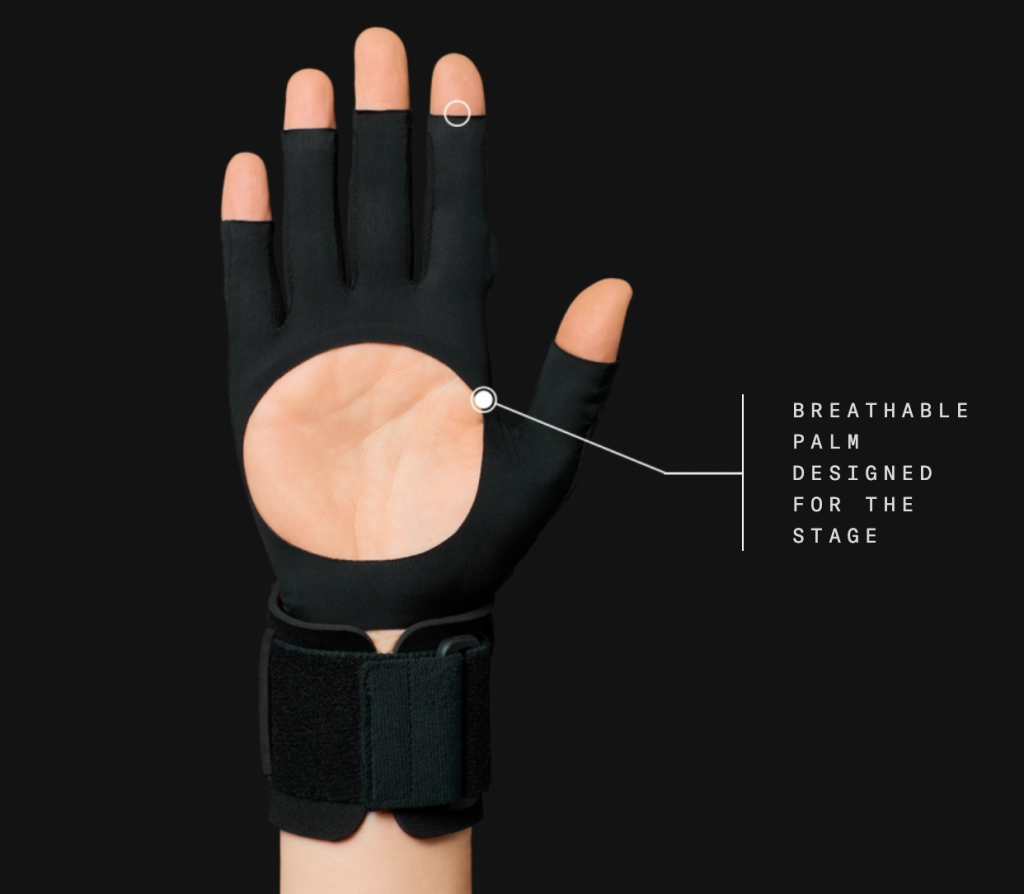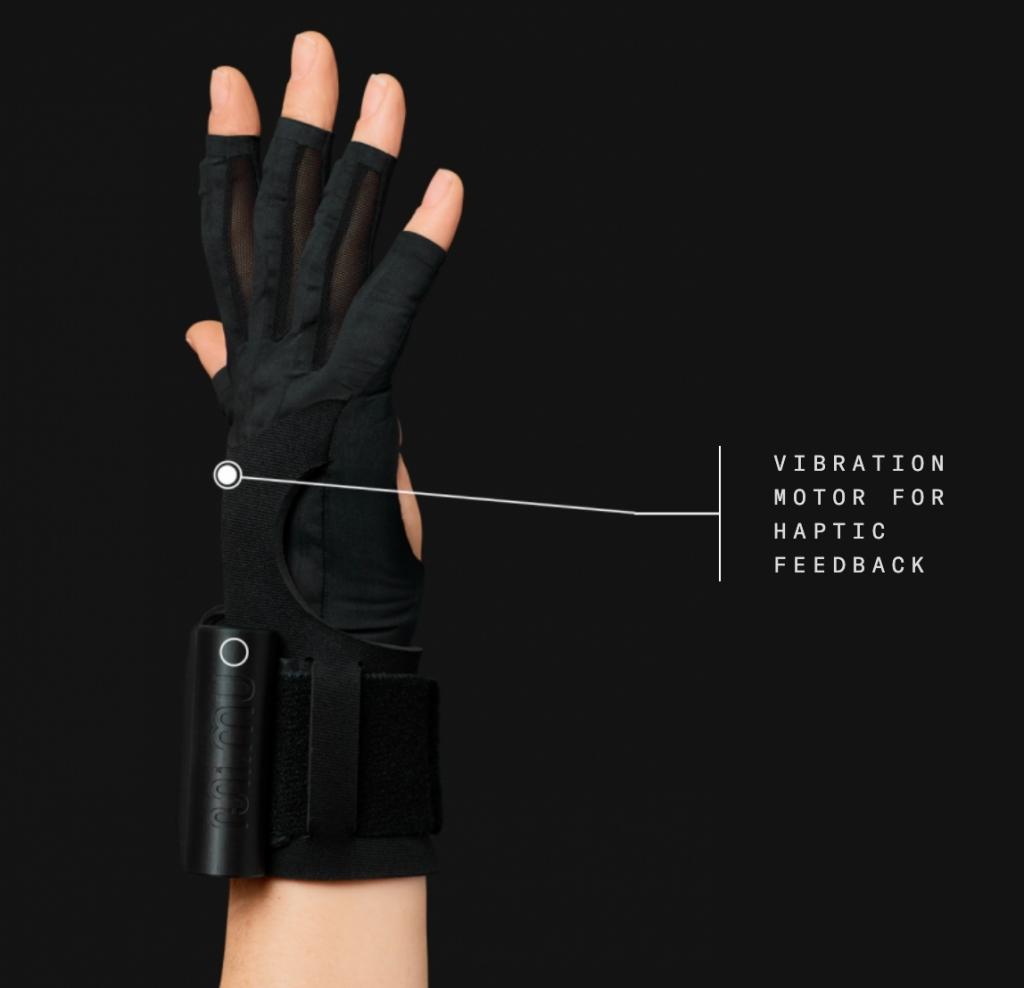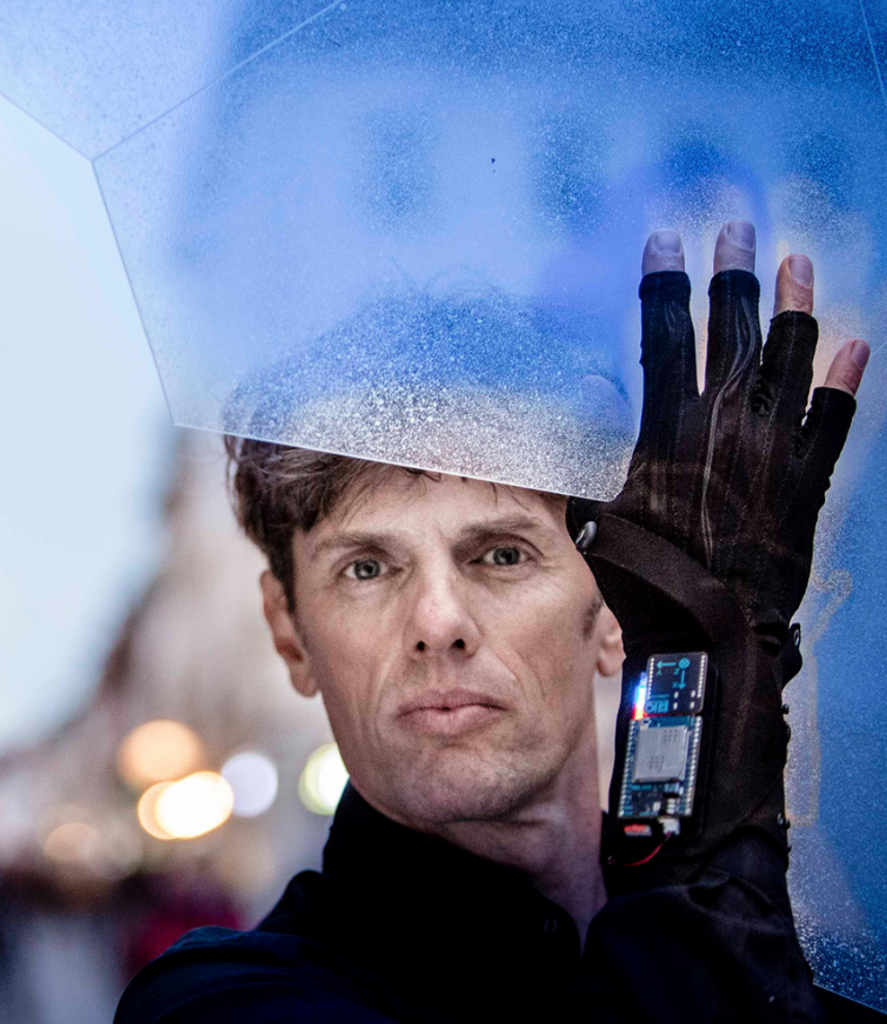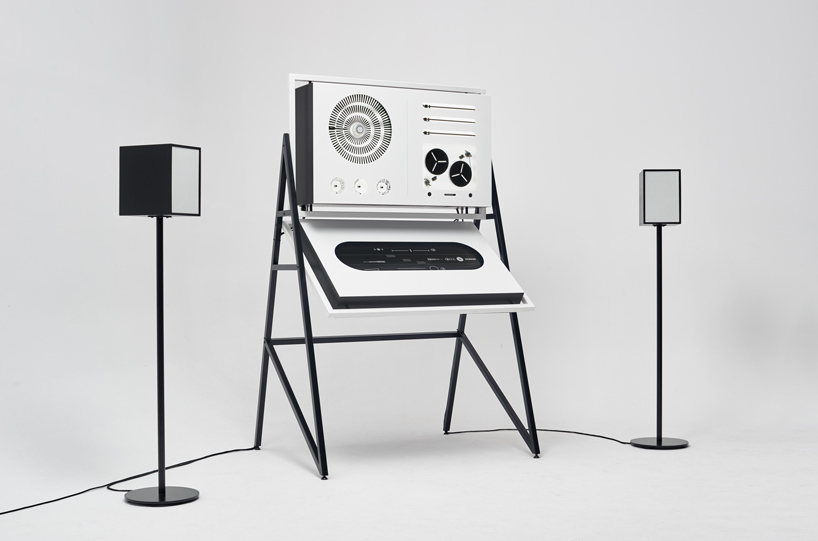While still not entirely sure what sound art could be defined as, I was looking around online and found this piece by Jana Winderen called “Out of Range”. This piece was created by using a variety of different, specialized microphones and hydrophones to capture sounds of various animals that are out of the range of human hearing. From the echolocation of bats to the communications of whales and dolphins, this audio ensemble combines all these inaudible noises and brings them to our ears. The result is a suite of natural sounds that seem familiar but are truly unique.
I am still not 100% sure what could be considered sound art and what could not. However, I do certainly believe that this piece ought to be classified as sound art due to the grace in its composition but also its reason for existing. To bring these sounds to human ears in such a way is truly an artistic feat.
![[OLD FALL 2019] 15-104 • Introduction to Computing for Creative Practice](../../../../wp-content/uploads/2020/08/stop-banner.png)
